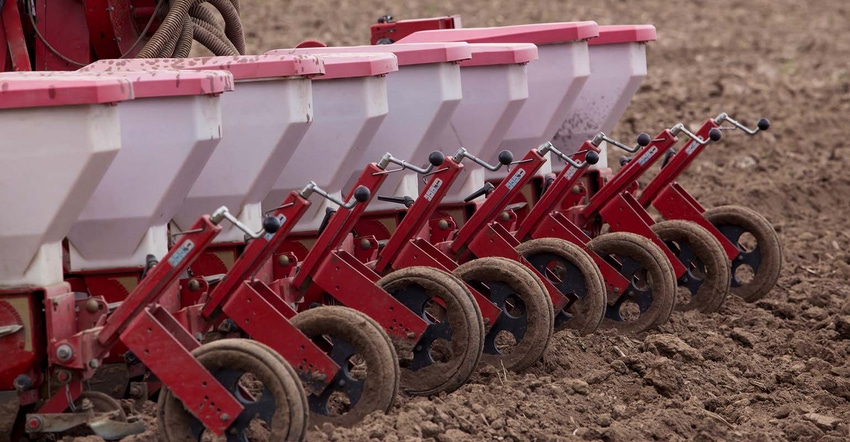
You’re a Brazilian farmer eager to get beans into (and out of) the ground as quickly as possible so you can follow up with second-crop corn. Once the no-soy period ended in mid-September, you rushed to get your short-cycle soybean seed in as fast as you could. You did this even though you know the return of rains after a four-to-five-month dry season isn’t like flipping a light switch. It’s not like the rain clouds roll in as soon as you’re done planting.
Those rain clouds have been particularly hesitant as the South American planting season started, provided localized and uneven rainfall amounts. One consultancy reported overall national planting progress at its slowest pace in six years.
This alone likely won’t damage the 2019-20 Brazilian crop yield. There’s still plenty of time to get the beans in, though it’s much easier to sleep at night when you have that bit of margin to get those beans harvested by mid-February so that your second-crop corn following those beans is likely to be safe by the time the rains shut off by late April or early May.
That’s particularly the case for producers in Brazil’s number-one and number-two states for both soy and second-crop corn: Mato Grosso and Parana.
In western Parana, not far from the border with Paraguay, Nelson Paludo says he hasn’t yet planted his 750 soybean acres this year, waiting for the arrival of steady rains. “People are worried about the lack of rain so far,” he said. Planting soybeans later, he points out, has usually meant greater bean yields. But it has typically cut into second-crop corn production—either because the corn gets hit with frost or because wary farmers spend less and less on corn inputs as calendar days pass and the risk level goes up.
In a year with good initial rains, Paludo typically plants 110- to 120-day maturity beans, followed by corn, which has to be in the ground by February 10.
So, Brazilian farmer, as you stand at the shed door looking to the sky, you’re likely calculating how much better you might do with your 2019-20 soybeans, and if that will offset your likely smaller second-crop corn production this time around.
The opinions of the author are not necessarily those of Farm Futures or Farm Progress.
About the Author(s)
You May Also Like






